Best places to see Northern Lights in Iceland
Best Northern Lights spots in Reykjavik
Even though city lights can make the aurora appear fainter, there are a few locations in Reykjavik where light pollution is minimal and views are wide open.
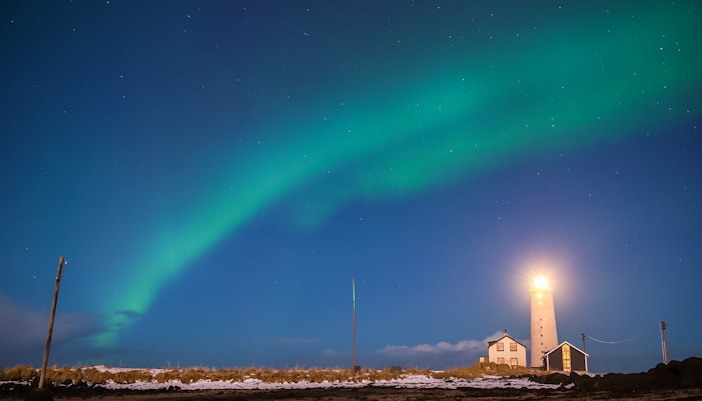
Grótta Lighthouse
Located on the Seltjarnarnes Peninsula, this is Reykjavik’s most famous Northern Lights viewing spot. With the ocean on three sides and very few streetlights, it offers a clear, dark sky. The lighthouse itself makes for a perfect foreground in photos, and at low tide, you can walk out along the causeway for an even better view.
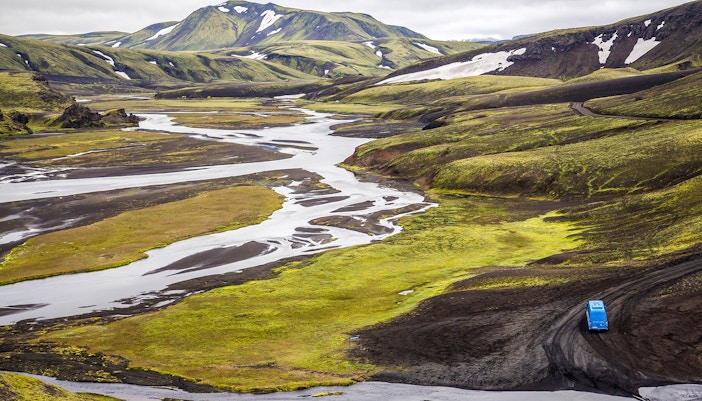
Öskjuhlíð Hill
This wooded hill near Perlan Museum is a peaceful spot within the city. The trees block out nearby lights, creating pockets of darkness for better viewing. From the summit, you get panoramic views over Reykjavik and the bay, ideal if the aurora is active in multiple parts of the sky.
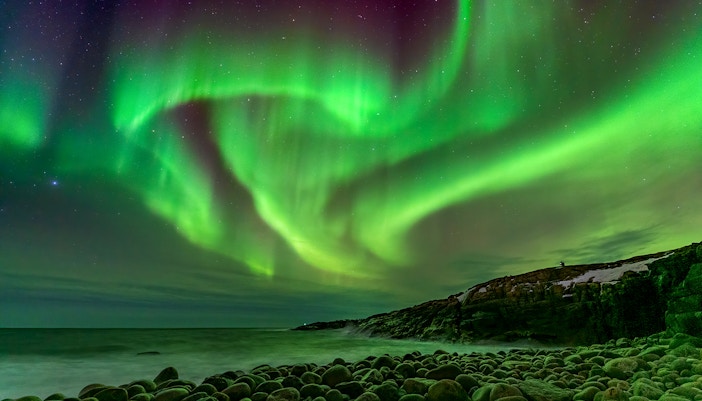
Ægisíða Coastal Path
Stretching along the southern coastline of Reykjavik, Ægisíða offers unobstructed views across the sea. On calm nights, the aurora’s reflection shimmers on the water, making it a favourite for photographers. It’s also easily accessible on foot or by bike from the city centre.
Top spots outside Reykjavik
Leaving the city opens up your chances of seeing brighter, more vibrant auroras. These nearby locations are popular on guided tours and self-drive trips.
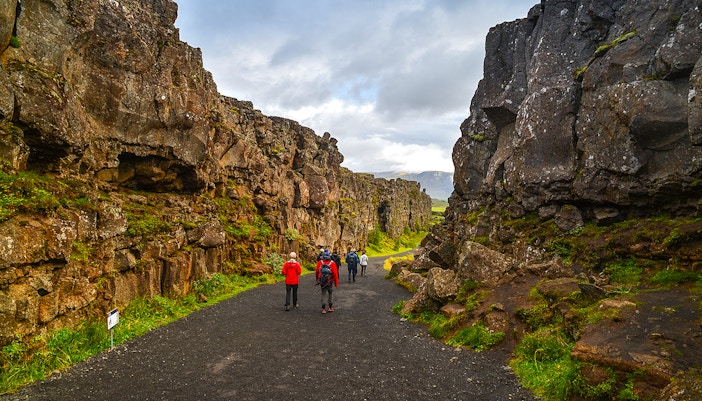
Þingvellir National Park
About 45 minutes from Reykjavik, this UNESCO World Heritage site is surrounded by mountains and far from major light sources. The open rift valley creates a huge horizon, so you can see the aurora from any direction.
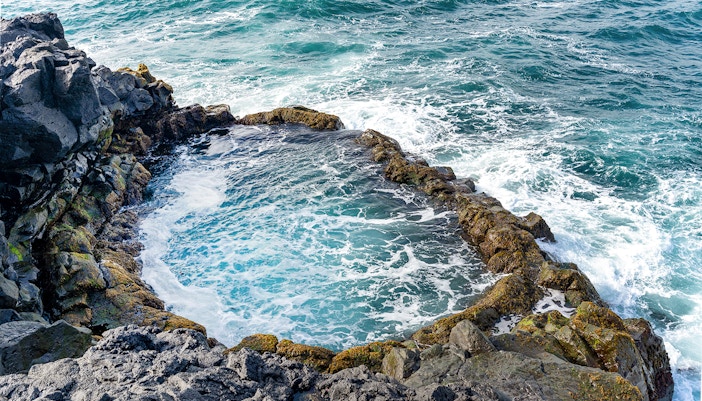
Reykjanes Peninsula
Home to volcanic landscapes, geothermal fields, and rugged coastlines, Reykjanes feels remote yet is less than an hour from the city. Spots like Garðskagi Lighthouse and Brimketill lava rock pool offer dramatic backdrops for aurora photos.
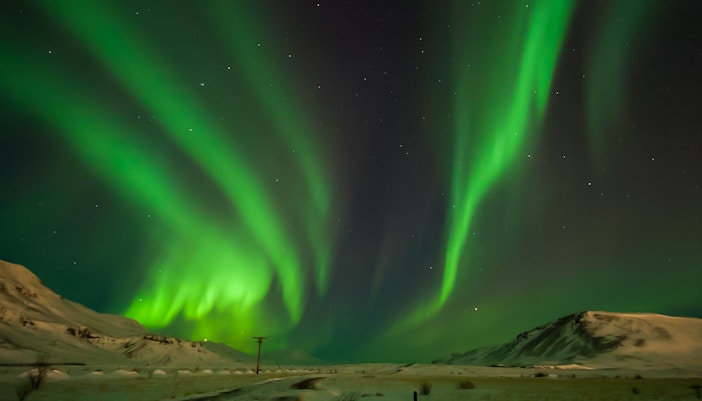
Hvalfjörður (Whale Fjord)
This peaceful fjord north of Reykjavik is sheltered from city lights and often has calmer weather than the open coast. Reflections of the aurora on the still fjord waters make it worth the short drive.
Book Northern Lights tours in Reykjavik
Frequently asked questions about the best places to see around Northern Lights Reykjavik
If you’re familiar with driving in Iceland and reading aurora forecasts, you can explore independently. However, tours offer the advantage of local guides who know where to find the clearest skies each night, plus transport, comfort, and sometimes photography assistance.
It depends on solar activity, weather conditions, and cloud cover. On average, if you stay for 4–5 nights in peak season and are willing to move away from city lights, you have a good chance of seeing them at least once.
Yes, Reykjavik is generally considered very safe, even at night. Still, it’s wise to let someone know your plans, stick to well-known routes or guided areas, and stay alert to sudden changes in weather.
Most tours last 3–4 hours, though duration can vary depending on travel time to the chosen location. Cruise-based tours are often shorter (2–3 hours), while super jeep tours may run longer if chasing clear skies.
You don’t have to go far; some viewing spots are within 30–45 minutes of the city, like Grótta Lighthouse or Þingvellir National Park. That said, heading deeper into Iceland’s countryside, away from light pollution, can greatly improve your chances of seeing the aurora at its brightest.
No, the aurora is a natural phenomenon, so sightings are never guaranteed. Even during strong solar activity, cloud cover can block the view. Flexibility and patience are key for the best chance of success.
